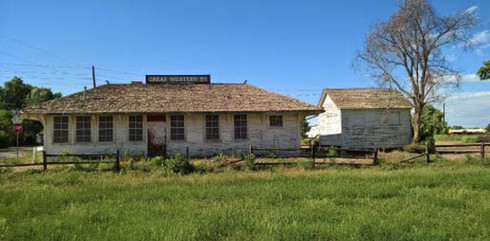Save the Great Western Depots

The Loveland Historical Society (LHS), Save the GW Depots Committee, is actively working on a project involving the Great Western passenger depot (1905) and freight depot (1942), located at the intersection of Monroe Avenue and 10th Street, across from the Loveland Police and Courts Building. These historic structures had fallen into neglect and were at risk of being lost until a dedicated group of LHS members renewed efforts to preserve them in 2017.
Click the button below for more information on the Save the Loveland GW Depots project.
Buy a Brick
Volunteers of the Loveland Historical Society are working with local historical groups to preserve and relocate the two Great Western Sugar depots in Loveland, CO. Fundraising for the first phase of the project raised $64,500 which went towards the initial move of the depots to City of Loveland property in early 2025. Commemorative bricks purchased will be placed in the landscaping around the depots—click the button to buy a brick and help save the Great Western Depots! Duplicate bricks can also be ordered to keep at home. Your support is greatly appreciated!
.png)
















